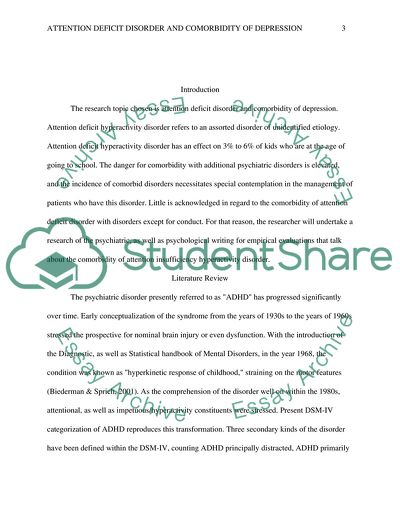Cite this document
(Deficit Disorder and Comorbidity of Depression Research Paper, n.d.)
Deficit Disorder and Comorbidity of Depression Research Paper. Retrieved from https://studentshare.org/psychology/1585244-attention-deficit-disorder-and-comorbidity-of-depression
Deficit Disorder and Comorbidity of Depression Research Paper. Retrieved from https://studentshare.org/psychology/1585244-attention-deficit-disorder-and-comorbidity-of-depression
(Deficit Disorder and Comorbidity of Depression Research Paper)
Deficit Disorder and Comorbidity of Depression Research Paper. https://studentshare.org/psychology/1585244-attention-deficit-disorder-and-comorbidity-of-depression.
Deficit Disorder and Comorbidity of Depression Research Paper. https://studentshare.org/psychology/1585244-attention-deficit-disorder-and-comorbidity-of-depression.
“Deficit Disorder and Comorbidity of Depression Research Paper”. https://studentshare.org/psychology/1585244-attention-deficit-disorder-and-comorbidity-of-depression.


